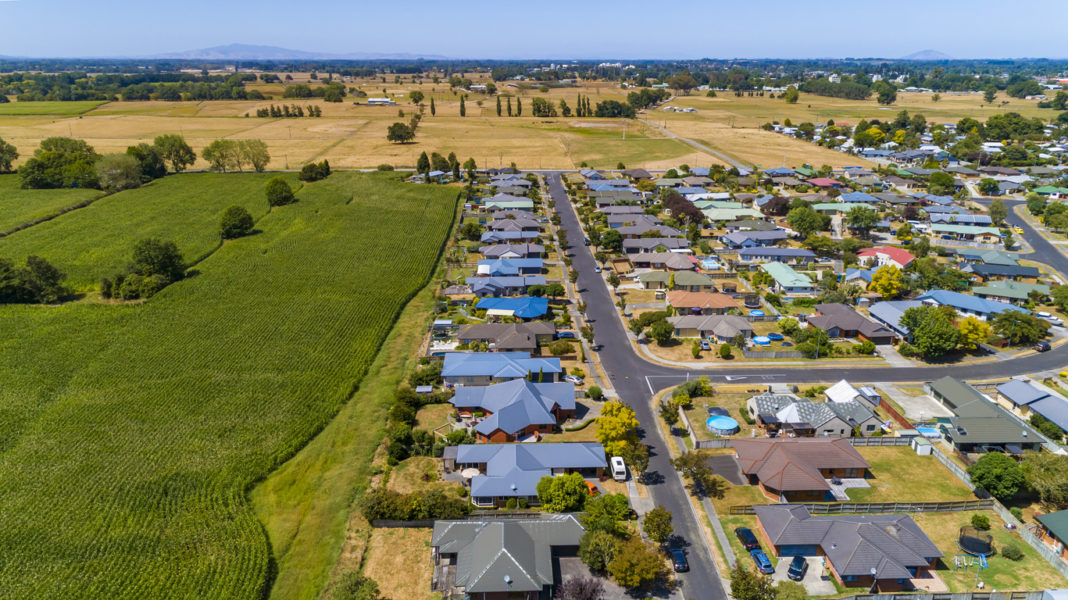Hamilton City Council is proposing to invest $29 million into restoring and improving the city’s extensive gully network.
The city has four major gully systems – Kirikiriroa, Mangaonua, Mangakootukutuku and Waitawhiriwhiri – plus a number of minor gullies covering about 750 hectares. They were formed 10,000 years ago and, if looked after, are a vital habitat for native plants and birds including tuuii, bellbirds and kereruu.
The proposal for a $29 million funding injection is included in the city’s draft Long-Term Plan, now out for public feedback. The budget includes $20 million of debt-funded capital spending to be invested in accessible boardwalks, removing weeds and replanting. The remaining $9 million, funded by rates, would go towards operating costs and monitoring and reporting programmes.
If it goes ahead, the average Hamilton ratepayer would contribute $48 per year to the gully restoration programme over the next decade.
Council’s Environment Committee Chair, Margaret Forsyth said the message to Council from the community was clear.
“People want a greener city – it’s really that simple. We’ve been told very clearly that people in our community really value Hamilton’s green areas and they want to do more to protect and enhance them and that includes our gullies,” she said.
“By investing in our city’s natural areas, we can improve biodiversity by creating habitats for native plants and bird life. And by making our gullies more accessible, people will be able to use and appreciate them because they really are a huge asset to our city. This proposal helps us meet one of our key responsibilities; to look after our environment not just for us but for generations to come.”
Ms Forsyth said a portion of the money would be used to continue supporting volunteer groups who already work on gully restoration.
“They’re already out there doing the hard mahi and we’re lucky to have them. We should continue to support them, and this investment is part of that.”
Mayor Paula Southgate said the gully proposal reflected a stronger and broader commitment to the wider environment from her Council. When elected Mayor, she formed an Environment Committee to drive a more strategic approach to environmental issues in the city.
Earlier this month Council adopted six environmental principles to guide project planning and all decisions:
- Restoring and protecting the health and wellbeing of our waterways;
- Protecting and enhancing our natural taonga, whenua and biodiversity;
- Embracing the sustainable use of resources;
- Promoting a circular economy;
- Transitioning to a low-carbon future;
- Build our resilience to climate change.
“Last year we also adopted a fantastic Nature in the City Strategy which provides clear direction for where and how we should be prioritising work, based on what science and research tells us,” Mayor Southgate said.
“That’s an important piece of work and it adds to what we are already doing to shape a green city that values our natural areas and responds to climate change.”
During discussions in December, not all Councillors supported the $29 million proposal for gully investment but the majority agreed to put it in the draft budget and seek public feedback.
Final decisions will be made once the total Long-Term Plan budget is locked down in June this year. Before then, Council is undertaking a comprehensive public engagement programme on what it is proposing to spend – and when – over the next decade.
Poipoia te Taiao – Nurturing our Nature
As part of its engagement on the Long-Term Plan, Council is partnering with Go Eco and Tui 2000 to host Poipoia te Taiao – Nurturing our Nature. This community day and working bee will feature guest speakers, stalls, and tree planting alongside opportunities to give feedback on Council’s proposed gully investment and other environment initiatives.
Where: Waiwhakareke Natural Heritage Park – Brymer Road, opposite Hamilton Zoo
When: Saturday 27 March, 9am – 12pm








